What's for (the first) Thanksgiving dinner?
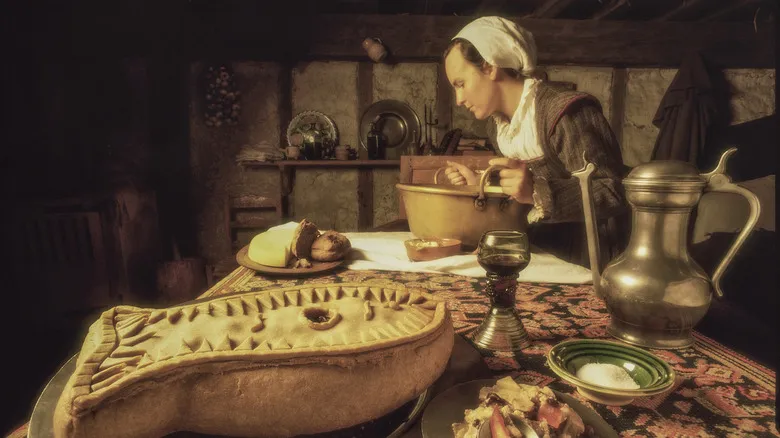
The exact menu of the first Thanksgiving dinner shared by English pilgrims and the indigenous Wampanoag people remains unknown. However, historical records indicate that some of the foods served included fish, lobster (likely not in a rich bisque or chowder), oysters, corn, and venison.
A 1621 letter from Edward Winslow, a Plymouth colonist, mentions that birds were part of the meal, although the specific type of poultry was not identified. It is possible that turkey was among the options, as the bird was native to the region. Furthermore, turkey had already been featured in feasts across the Atlantic, with King Henry VIII serving it on several occasions. Nevertheless, it is more commonly believed that the birds in question were likely geese or ducks rather than turkeys.
The practice of holding thanksgiving dinners (unrelated to the modern holiday) was not unfamiliar to English colonists. Gathering for a meal of gratitude in the autumn was a prevalent religious observance of the era, though these dinners did not occur on specific dates and lacked a fixed menu. Instead, the offerings were determined by local availability, which likely included turkey to some degree, along with seafood due to the coastal location. It wasn't until the 19th century that turkey became a central feature of the holiday.
The fight for Thanksgiving (and turkey)
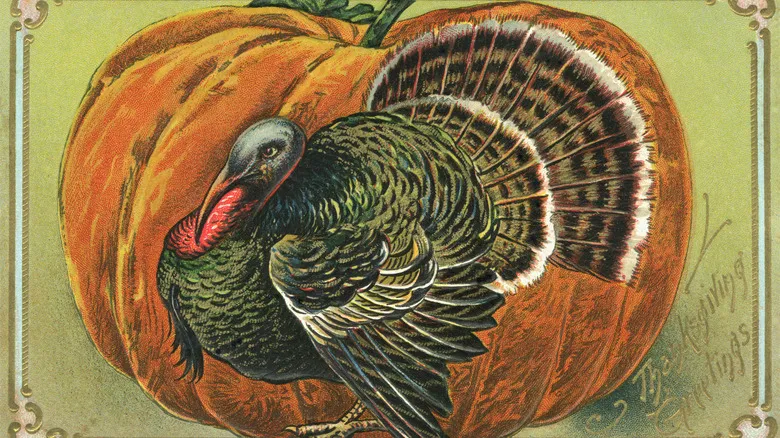
Although the tale of the first Thanksgiving unfolds in the bountiful setting of 1600s New England, the modern holiday we celebrate today is largely disconnected from the original gathering between the Pilgrims and the Wampanoag people. Instead, it is deeply tied to Sarah Josepha Hale and her efforts to establish the tradition within American culture.
Hale, born in New Hampshire in the late 18th century, was a prolific writer, known for her novels and poems, including "Mary's Lamb," which is now commonly referred to as "Mary Had a Little Lamb." She also served as the editor of "Godey's Lady's Book," a magazine through which she initiated a campaign for a national Thanksgiving celebration in 1846, as noted in Lauren Schenone's book "A Thousand Years Over a Hot Stove." Leveraging her influence, Hale advocated for the establishment of a national Thanksgiving holiday to foster unity in a divided nation. While Thanksgiving dinners were already a tradition in New England, many in the South resisted adopting this Northern custom.
Hale viewed the holiday as a means to bridge the growing divide in the country. Her persistence paid off when Abraham Lincoln proclaimed Thanksgiving a national holiday in 1863 during the Civil War. In addition to her advocacy for Thanksgiving, Hale also contributed ideas regarding the holiday's menu. Her 1827 novel "Northwood" featured a Thanksgiving menu that prominently included turkey, and "Godey's Lady's Book" also published Thanksgiving menus featuring the bird. However, while we owe much of our current Thanksgiving celebration to Hale, the widespread association of turkey with the holiday cannot be solely attributed to her efforts.
How the gobbler took hold
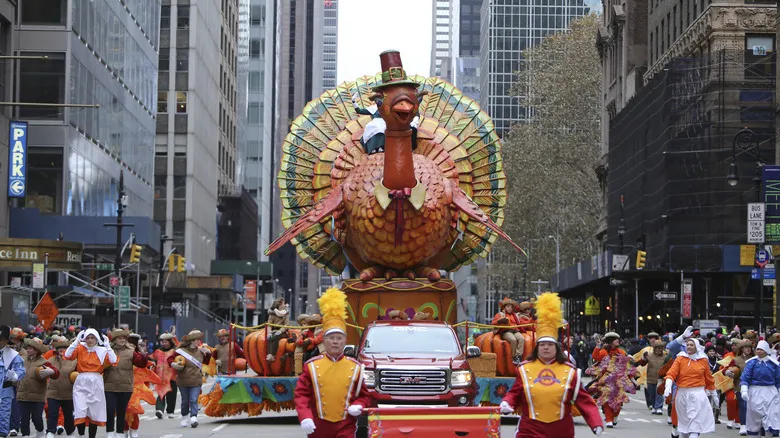
There are numerous factors contributing to the turkey's dominance during Thanksgiving. Notably, Sarah Josepha Hale featured the bird in her writings about the holiday. However, more practical considerations likely influenced turkey's rise to prominence in the 19th century, establishing it as the star of Thanksgiving feasts. Turkeys serve as an excellent main dish for large gatherings, as they can feed more people than smaller birds like chickens or ducks. Additionally, unlike other livestock such as cows or chickens, turkeys do not provide products like milk or eggs, making them a more straightforward choice for holiday meals. The economic advantages of choosing turkey certainly contributed to its ascent in Thanksgiving traditions.
As artwork celebrating the holiday gained popularity in the 20th century, the turkey became the focal point—evident in Norman Rockwell's famous 1943 painting "Freedom From Want," which depicts a joyful Thanksgiving dinner. In this artwork, a mother presents a beautifully roasted turkey to her family, symbolizing abundance or, at the very least, the aspiration for it. Wasn't that the essence of what the Pilgrims and Wampanoag people were commemorating during their inaugural Thanksgiving? Regardless of whether their tables featured turkeys, the bird has undeniably become the emblem of a holiday woven from American folklore, representing prosperity and national unity.
Recommended

Snow Balls Vs Snow Cones: What's The Difference?

How Did King Ranch Casserole Become A Regional Texas Dish?
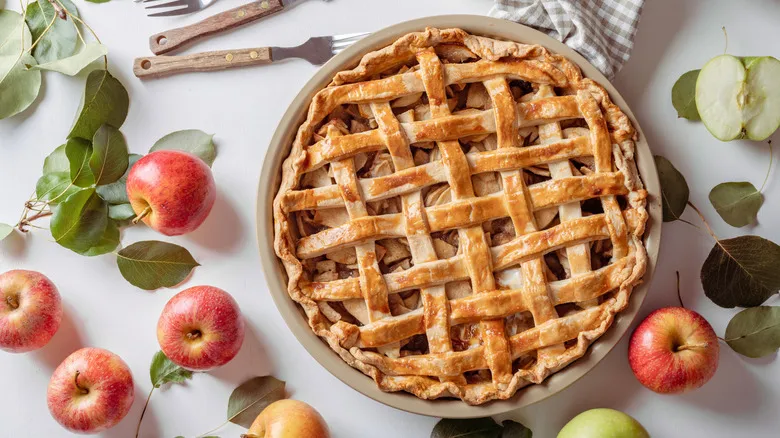
How Apple Pie Became An American Icon
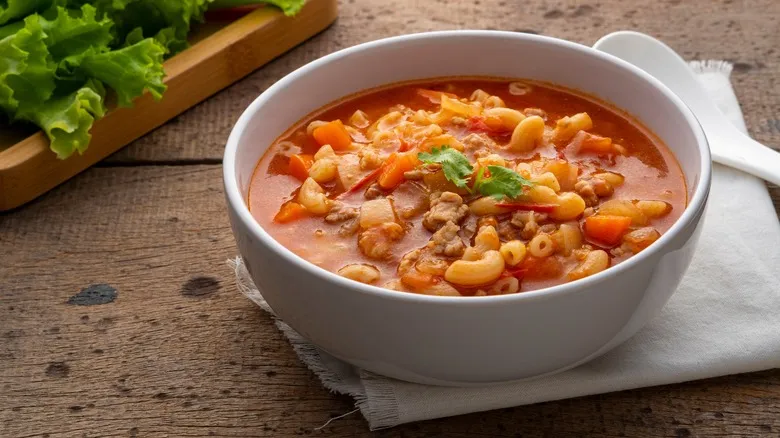
The Addition That Sets Hoosier Chili Apart From The Rest
Next up

